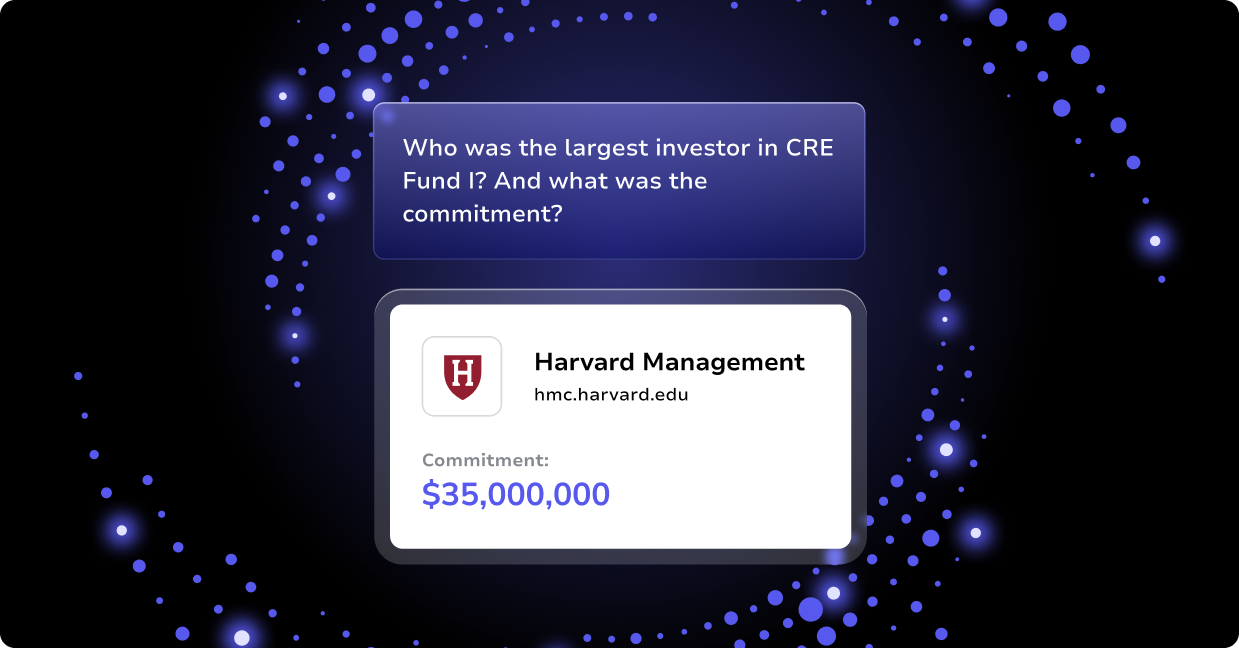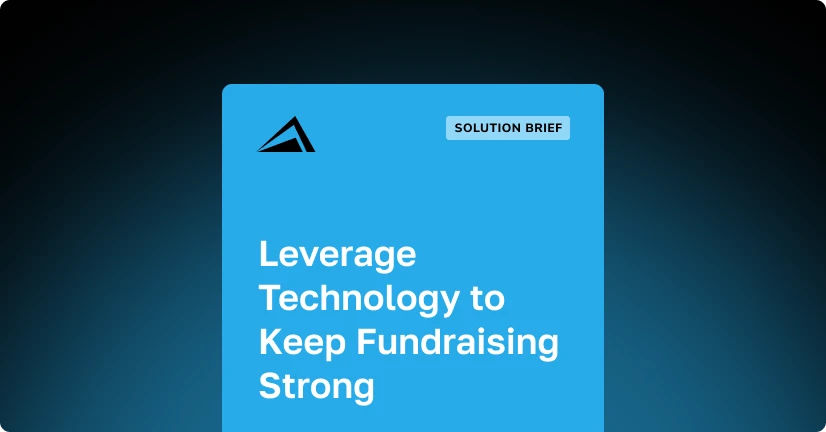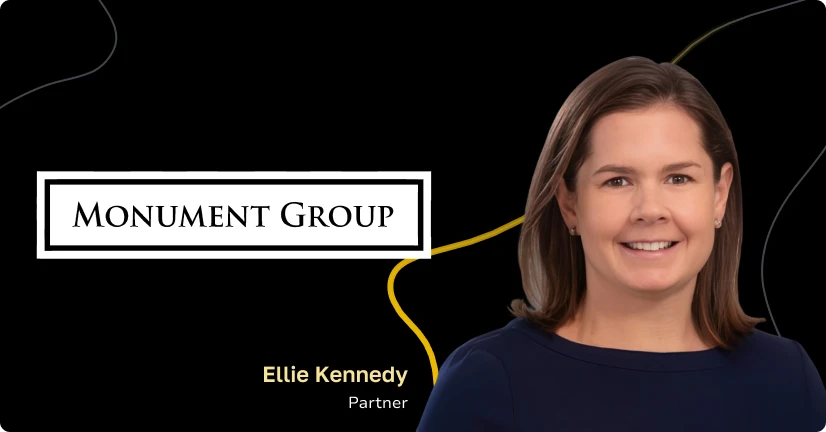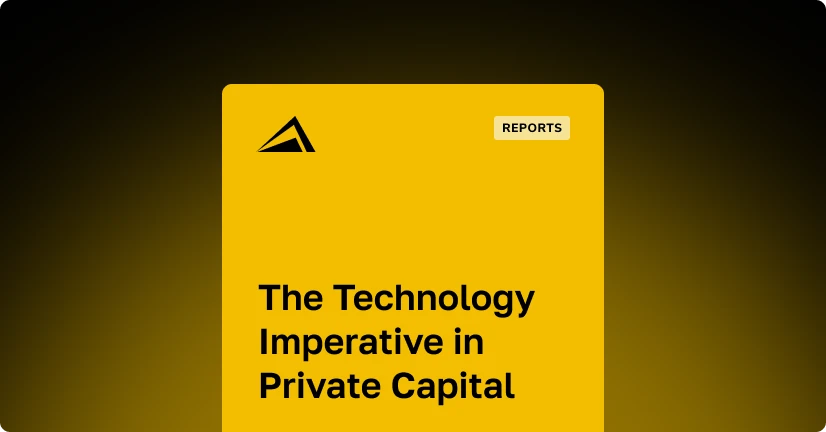
How can firms benefit from accessibility, interactivity, and visualization of their private equity data?
To explore current trends around data and information solutions in the private equity marketplace, we interviewed Altvia SVP, Industry Solutions & Strategy, Jeff Williams. The discussion will be presented in a series of blog posts in order to provide a comprehensive perspective on this trending subject.
Thanks, Jeff, for joining us to discuss what private equity firms need to know about data. Let’s start with a quick introduction: Please tell us a little about what you do at Altvia.
I lead the team at Altvia that is focused on finding and assessing private equity firm challenges that we believe can be—and really, have to be—solved using technology. Specifically, we’re interested in identifying problems or issues that, when addressed properly, help private equity firms differentiate themselves and become more operationally efficient.
The private equity data solutions we develop enable firms to collaborate and communicate more effectively—both internally and with investors. Our systems are true game-changers in the private equity ecosystem.
What is currently trending around technology in the private equity marketplace? What are people talking about, and which solutions do they need?
When it comes to the problems people are having with technology or problems that technology can help to solve, the big trends center around data. At a strategic level, how to store, accumulate, and analyze data is an important topic right now. And there’s a bigger conversation about relationships with limited partners regarding the ability to service them effectively and be good partners. Often these discussions focus on transparency. But at a relationship level, it’s really more about how these partners interact with each other.
So, the ability of firms to improve their service interactions with stakeholders is top of mind?
Yes. At the end of the day, private equity is a market that provides financial services. A lot of conversations lately are about the service itself and, more specifically, what service is actually being provided. When you look at service industries, they are traditionally driven by incremental steps of differentiation: How can they provide something even slightly better or different from their competitors?
Altvia offers a leading-edge private equity data solution: Altvia Answers. From the perspective of a firm, what exactly does Altvia Answers do?
Altvia Answers is very much a solution built to solve the private equity data problems we’re hearing about. For the better part of the past few decades, this industry has been active in using technology to generate data, and more recently, to consume additional sources of data. We’re at a point where older firms have accumulated data much less methodically than firms that are starting out today, and this reveals several important considerations:
- Firms that have been in business longer have ended up with multiple systems along the way, and there are often no integration points between those systems.
- Often, the systems on their own are not capable of doing much with the data they contain, nor are they capable of performing the complex analyses that firms need today.
- The capabilities of modern technology within the realm of private equity data (complex queries, management of large volumes of information, and making sense of all your data) are not functions that exist in the legacy systems that many firms are using.
In a nutshell, people have systems that don’t interact, even though they’re relevant to each other. Firms would like to look at the data within them together, but there are tremendous inefficiencies with trying to bring those systems together, showing a lack of capabilities of these tools on their own.
Altvia Answers is a solution that addresses the entire chain of these issues by bringing data from disparate sources together in one place, then doing modeling using all of that information to establish a single source of truth for all of your data across all of your systems. Even better, Altvia Answers connects to the data systems a firm already has in place, with no need to export or upload information. This greatly simplifies the process.
It also facilitates very powerful and advanced private equity data capabilities in terms of analysis on a large scale, and it does that in the cloud in an automated fashion so there is no need to embark on time-consuming and error-prone manual processes.
And, most importantly, Altvia Answers enables business users to interact with their data across systems in very intuitive ways, and on any device, eliminating the need for highly skilled, IT-centric resources that would historically have spent weeks at a time developing an analysis. Altvia Answers is right at the fingertips of business users and executives at any point, ready for them to ask their own questions and get their own answers in an engaging and intuitive way.
As you were instrumental in developing and launching Altvia Answers, we’re guessing you have some great stories about how the solution works, specifically to help private equity firms. Could you share some examples?
One particular organization had spent nearly two years assessing vendors in an attempt to find a solution that could deliver on the vision they had. They felt it was not only compelling, but also very different from their competitors. They were looking for a system that would allow them to really provide a service that was highly differentiated, unique, and superior to their competition.
After talking with dozens of vendors, they found a few that came very close to their criteria, but there was always something missing from the bigger picture. As we talked with them and began to understand their vision, what we were able to do with Altvia Answers was allow them to identify the best-of-breed solutions across the entire chain of systems involved in executing their vision. This allowed them to use the best CRM solution, then put Altvia Answers on top to connect their entire system.
Now entirely integrated, this system provides the firm with a single place for business users to go in order to find, analyze, and understand data across their organization. Altvia Answers proved to be the key to a complete solution to their business challenges.
Altvia Answers helps firms position themselves as industry leaders?
Correct, and a big part of it is not only the ability to consume data across systems internally, but also to allow their clients to access important, real-time data that is relevant to them. For data-hungry clients, the scenario went from “We’ll send you a statement in the mail every so often,” to “You don’t even need to pick up the phone to ask us for information. You can access the data that’s relevant to you in real time, at any time.” And they can do so in a way that’s intuitive, efficient, interactive, and engaging.
It’s having a snowball effect on their whole business structure?
Yes, Altvia Answers, and the way it maximizes the value of private equity data, is serving as the cornerstone for more efficient internal operations and processes that are more organized and more systematic. This snowballs all the way through to providing new capabilities to their investors, which in turn strengthens their relationships and positions them as industry leaders.



